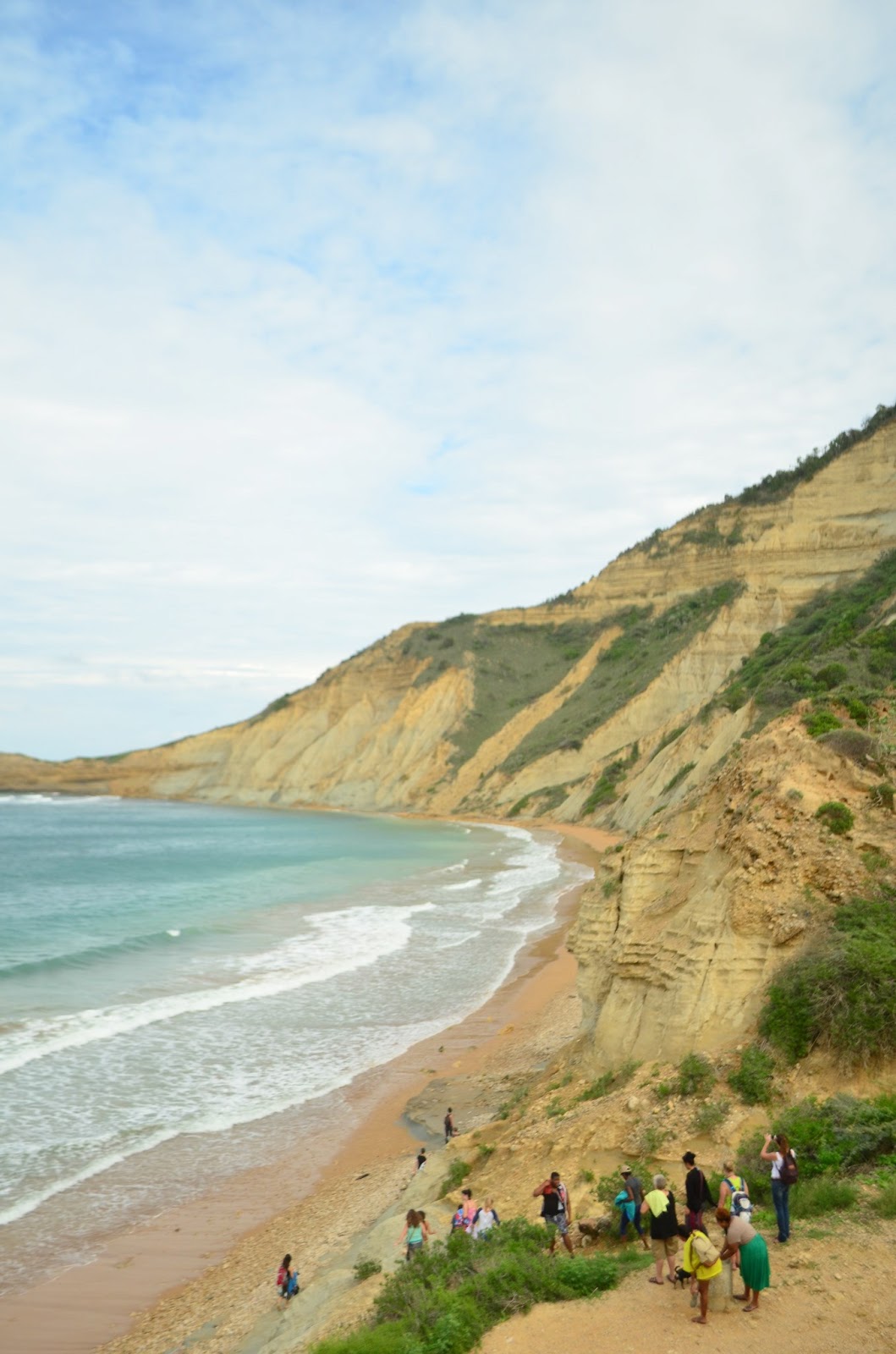Today the area is an epicenter of Dominican-Haitian relations. As a bordertown, Dajabon in particular, is a crucial element for both economies. With constant traffic across the border, Dajabon finds itself especially bustling on Mondays and Thursdays every week, when the Mercado Fronterizo de Dajabon, also known as the Bi-national market is open.
At first glance, one would assume that Haitians are the ones benefiting the most from this market. They are the ones crossing the border to sell their goods and make a profit at the market. However, as our Resident Director, Lynne Guitar, shared, it is really the Dominican economy that profits the most. Haitians must pay to utilize the space, and so a portion of their much needed profits is going straight to many of their original "benefactors."
Having already crossed the border and visited Haiti, I had an idea of what to expect at the market. Nevertheless, my actual experience was unimaginable. I've faced lots of crowds; at concerts, at stores, at theme parks. Most all are stressful, however, as I've found, travel is a sort of cure for many issues. It has helped me to overcome my germophobia and claustrophobia (both of which were mild cases accrued amidst both sterile and pro-individualist settings in the USA). Nonetheless, the overall aura of the market in Dajabon was just different. It was stressful yes, it was overwhelming yes... but it was also confusing, sensuous, and indignant. Very few smiles could be found. Customers (mostly Dominican) walked through the market and bargained with discontent vendors. The whole experience was an incredible blur of noise, touch, and odor. I walked, or rather pushed my way through the market with my friend Rae, who within our first 20 minutes there, had her sole 500 pesos stolen from her back pocket. I left much of my money behind, but still carried a few hundred pesos as well as my Minolta camera, so that I could attempt to capture the experience.
We entered the newly-built market building, and the smells of thousands of bodies became compounded. Many women, old and young, laid on tarps or on the bare ground, surrounded by an array of shoes, clothes, purses, and linens hoping to make a sale. Elsewhere, men sat atop the walls of the stalls yelling out at people passing by. I saw women and men carrying impossibly large sacks of goods on their backs, people running through the mud (lodo) of the outside area, and vendors trying to finish their bowls of rice in the midst of the chaos. Somehow, I managed to take a few pictures and to make one purchase. I bought a large red, white, and blue sweater... almost entirely futile in the Hispaniola heat, but something which I can definitely use in the States. The group reunited, feeling utterly exhausted after only an hour and a half, and we soon made our way to Monte Cristi.
It was also interesting to me to consider the source of many of the goods for sale. Most of the items, not all, were charity shop products, the unwanted products that ended up getting sent to developing countries to give to people in need. What a concept then, for me, a U.S. American to go to this market and purchase that sweater. Imagine the journey it has been on... The whole experience kind of made me reflect on the impact of both capitalism and international aid in the realm of the Dajabon market. It appears that these clothes were not used as they were originally intended when they were sent to Haiti. Instead they are now intended to make a profit, to form a source of income. Now that's certainly something to consider.
.JPG)
.JPG&container=blogger&gadget=a&rewriteMime=image%2F*)
After the market, we almost had to skip out on going to the Playa detrás del Morro because of a road block (caused by Hurricane Sandy). Thankfully, we were able to enjoy this spectacular beach that I'd hoped to visit for much time. Monte Cristi was an awesome ending to the series of pasadías we enjoyed throughout the program, and once again, I was reminded of the spectacular natural beauty of the Dominican Republic and the Caribbean.




No comments:
Post a Comment